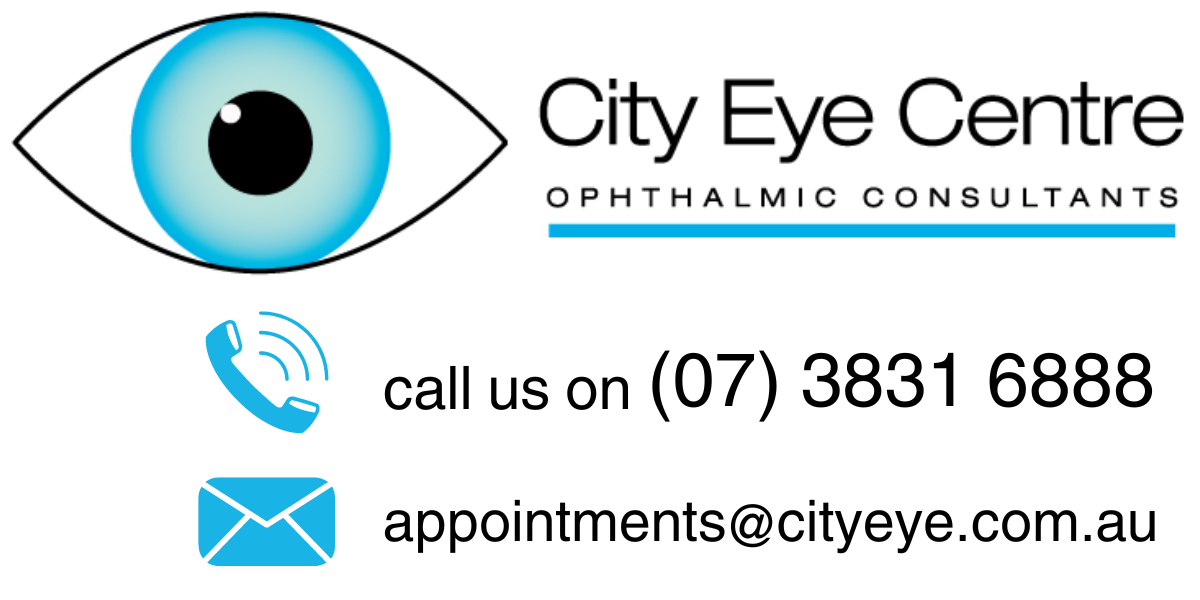PANRETINAL LASER PHOTOCOAGULATION
What is Panretinal Laser Photocoagulation?
Panretinal laser photocoagulation (PRP) is performed in the treatment of proliferative diabetic retinopathy to prevent severe vitreous haemorrhage. The laser treatment causes regression of the abnormal blood vessels which grow at the back of the eye on the retina in diabetic patients. It is also useful in other types of retinopathy, such as in retinal vein occlusion. It is also effective in ischaemic retinopathy.
How Long Does the Laser Treatment Take? Is it Painful?
Each session takes approximately five to ten minutes. Multiple sessions (3-4 per eye) are usually required to treat the proliferative diabetic retinopathy. There is some discomfort during the procedure. Analgesics such as Nurofen or Panadol may be taken before the treatment. The eye may be irritated and blurred for a few days following the laser surgery.
There may be some decrease in night vision and peripheral vision with time. This occurs due to the laser treatment but is necessary to control the proliferative diabetic retinopathy. Anti VEGF injections may also be required. They are highly effective in reducing the abnormal vessels and macular oedema.

